Optimal Timing for Waterproofing Projects
Proper timing for waterproofing projects is essential to ensure durability and effectiveness. The ideal period typically depends on weather conditions, temperature, and humidity levels. Performing waterproofing during favorable conditions minimizes the risk of issues such as premature failure or poor adhesion.
Spring offers moderate temperatures and lower humidity, making it suitable for waterproofing applications before the peak of summer.
Summer can be ideal if temperatures are within the recommended range. Avoid waterproofing during extreme heat or rain to prevent curing issues.
Fall provides cooler temperatures and less humidity, offering a good window for waterproofing before winter.
Winter is generally not recommended due to cold temperatures and potential for snow or ice, which can hinder proper application and curing.
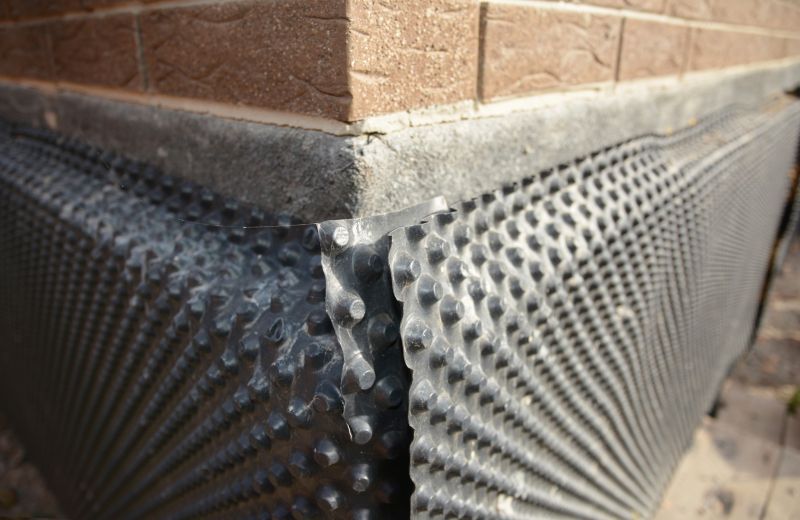
Ways to make Waterproofings work in tight or awkward layouts.
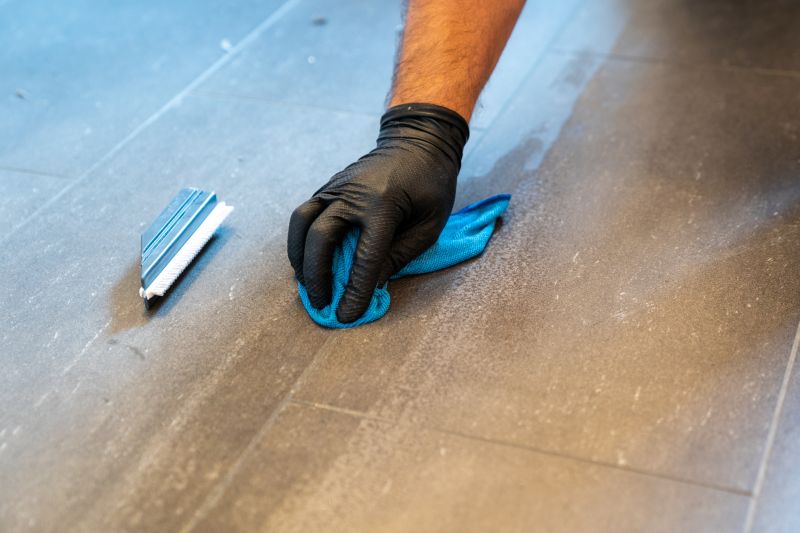
Popular materials for Waterproofings and why they hold up over time.
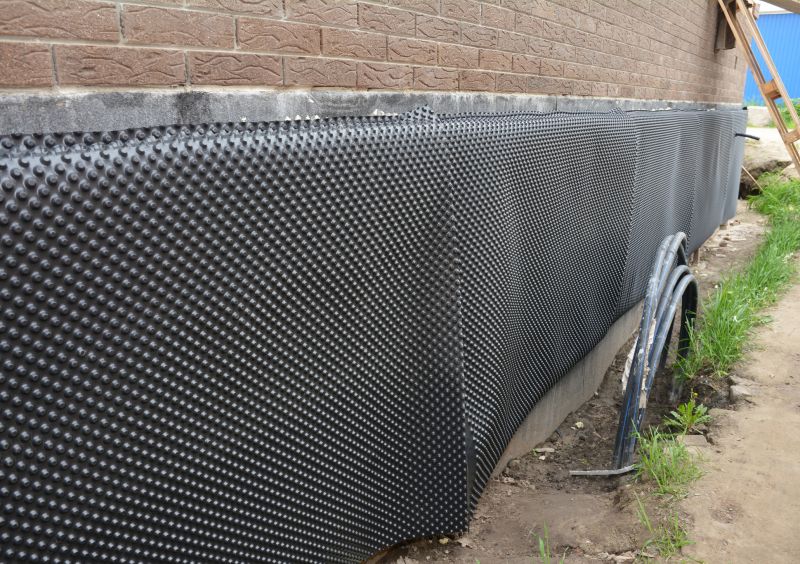
Simple add-ons that improve Waterproofings without blowing the budget.
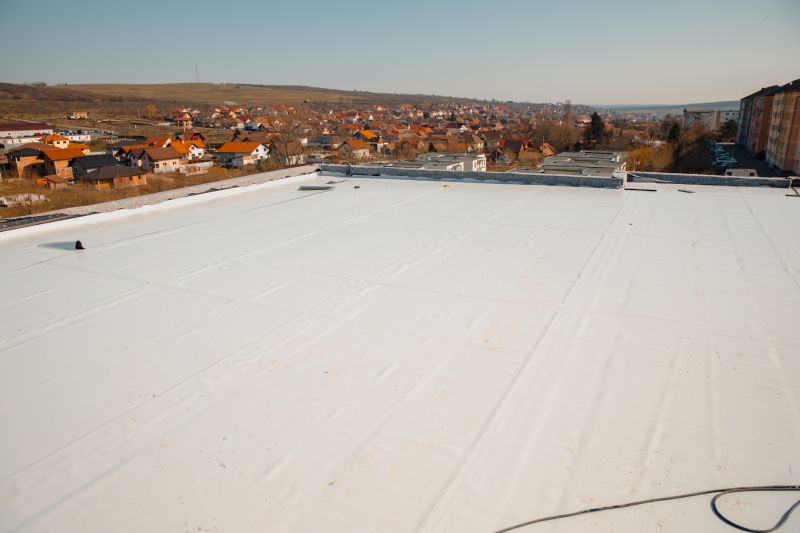
High-end options that actually feel worth it for Waterproofings.

Finishes and colors that play nicely with Waterproofings.

Little measurements that prevent headaches on Waterproofings day.
Waterproofings are vital for protecting structures from water ingress, which can lead to structural damage, mold growth, and decreased property value. The effectiveness of waterproofing depends on proper application during suitable weather conditions, ensuring long-term performance. Different types of waterproofing systems, such as membrane-based, liquid-applied, or cementitious coatings, require specific conditions for optimal results.
| Season | Ideal Conditions |
|---|---|
| Spring | Moderate temperatures, low humidity, dry days |
| Summer | Warm temperatures within recommended range, dry weather |
| Fall | Cooler temperatures, low humidity, dry days |
| Winter | Cold temperatures, snow, or ice; not recommended |

A 60-second routine that keeps Waterproofings looking new.

A frequent mistake in Waterproofings and how to dodge it.
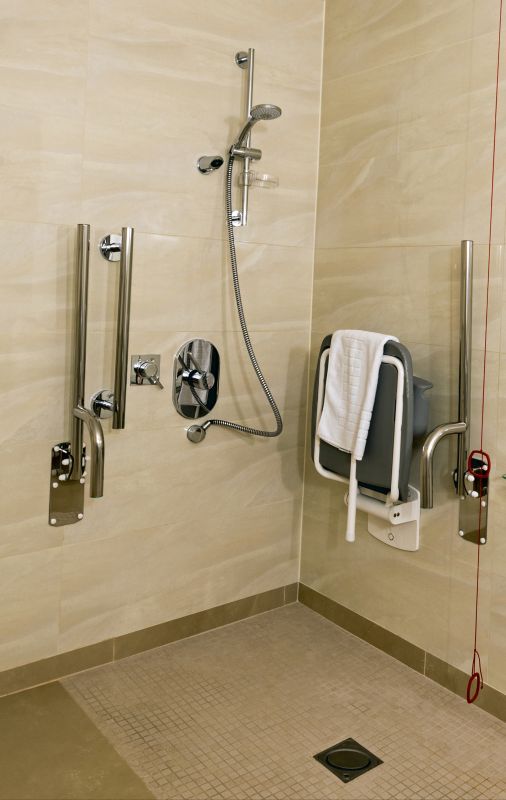
Small tweaks to make Waterproofings safer and easier to use.
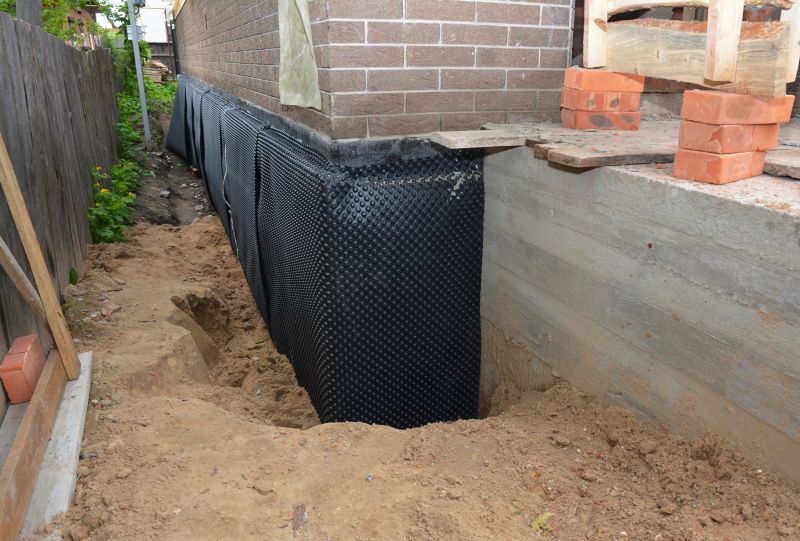
Lower-waste or water-saving choices for Waterproofings.
Choosing the right time for waterproofing can significantly impact the longevity and effectiveness of the system. Consulting with waterproofing professionals can help determine the best period based on specific project requirements and local climate conditions. Proper scheduling ensures that waterproofing materials cure correctly and provide maximum protection.
Individuals interested in waterproofing services are encouraged to contact for more information. Proper timing and application are crucial for long-lasting results and structural integrity.

